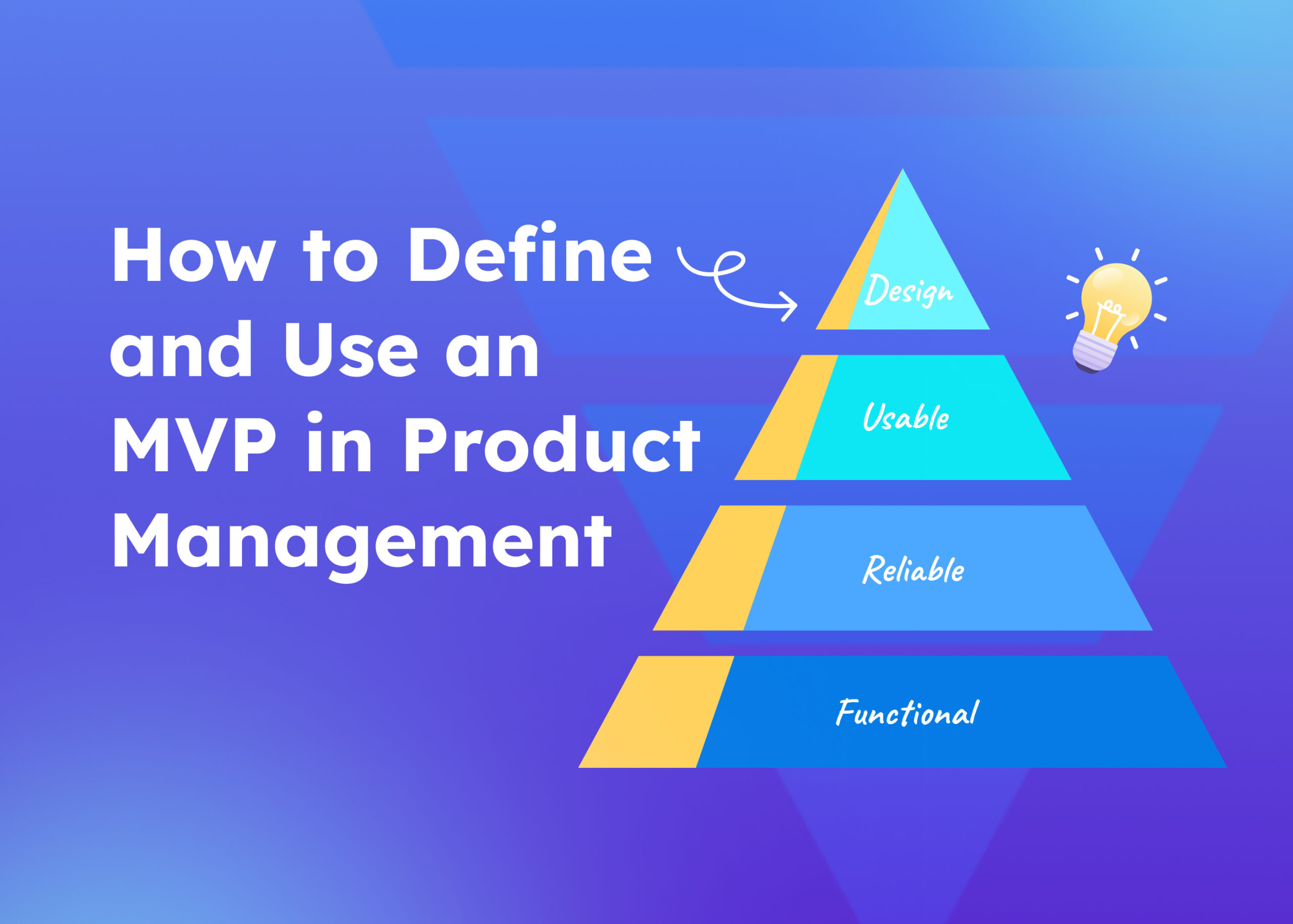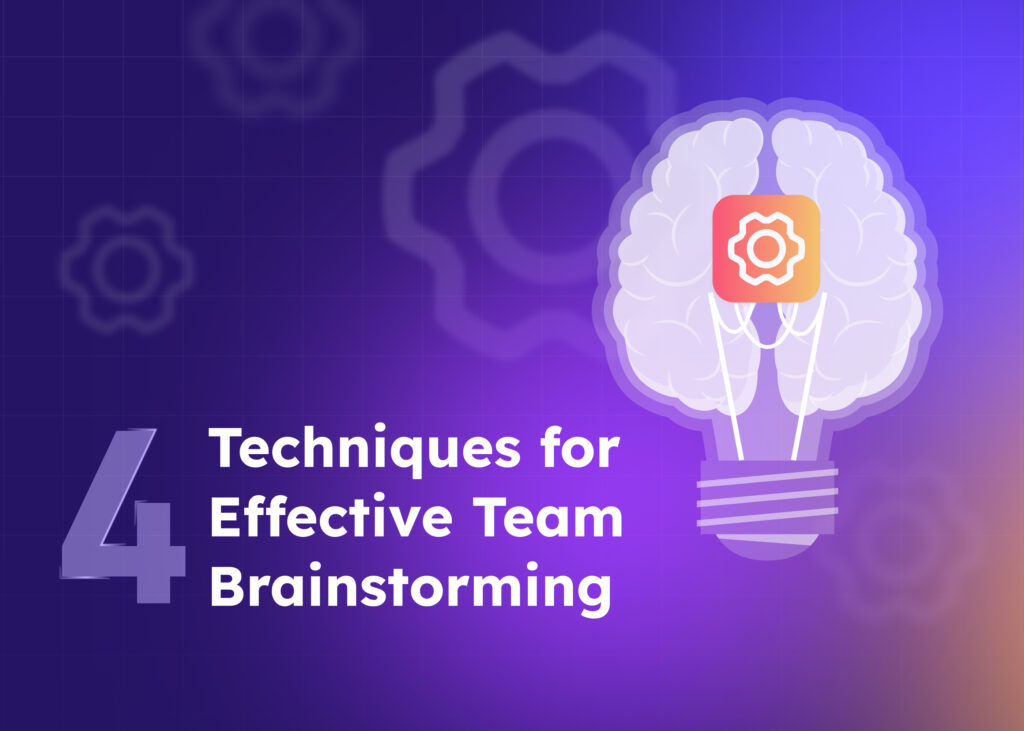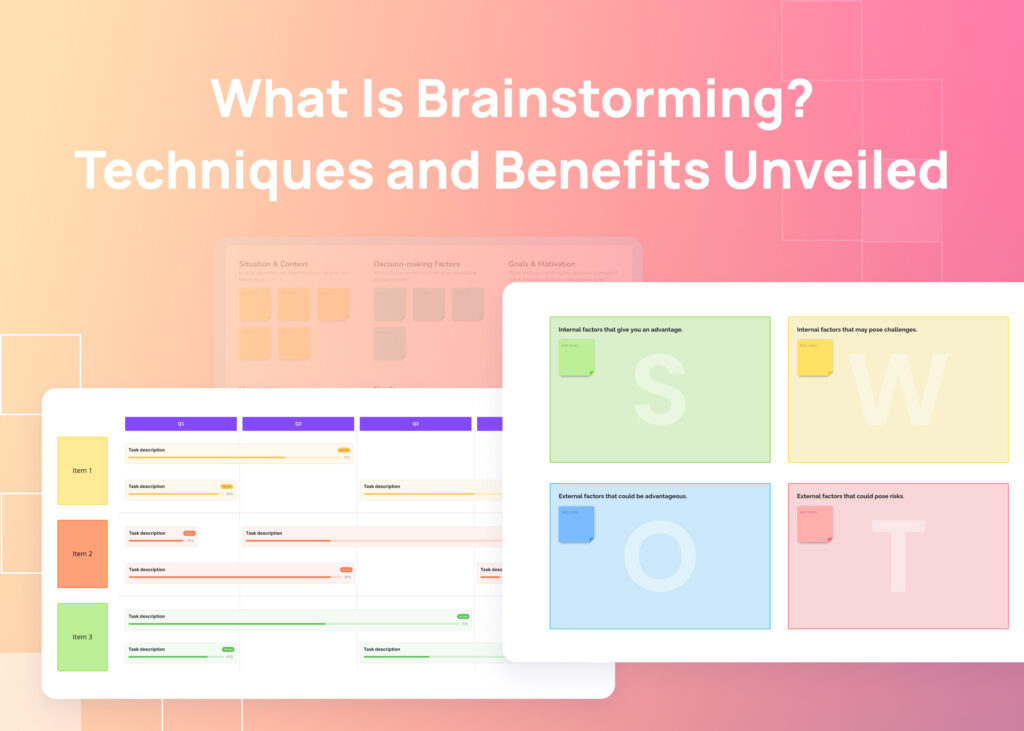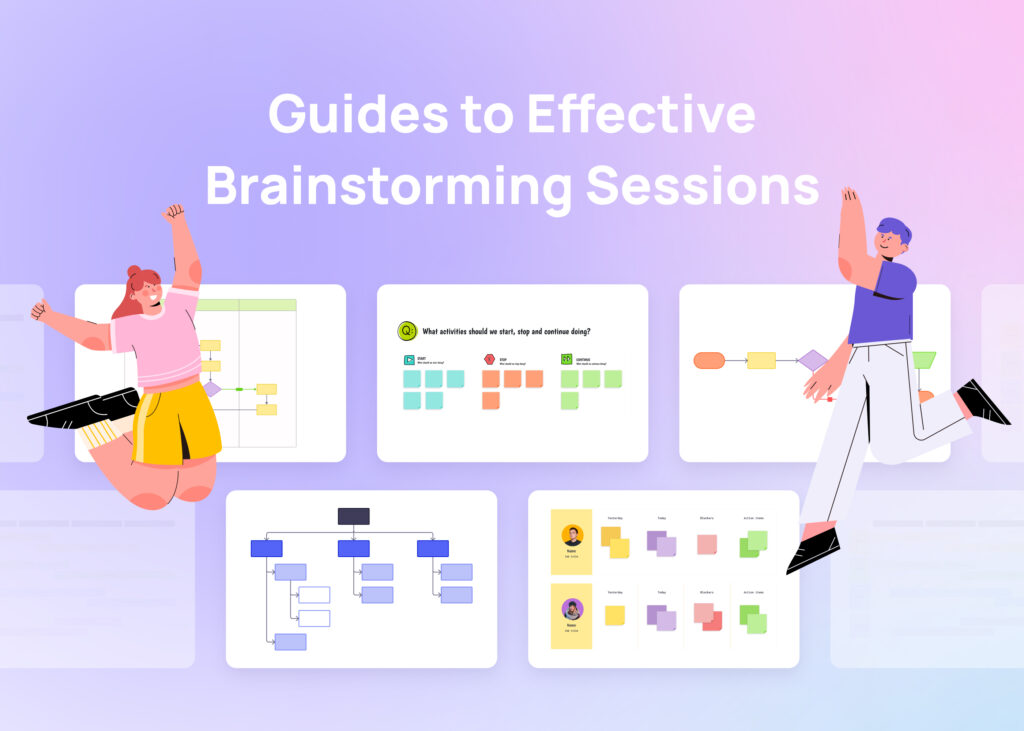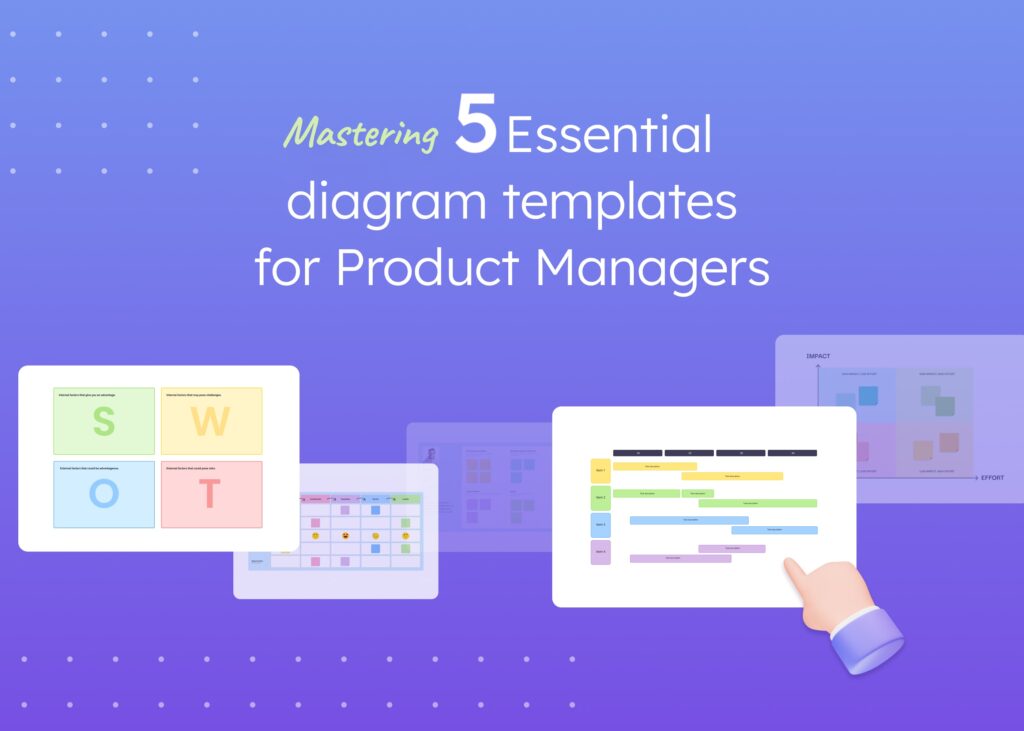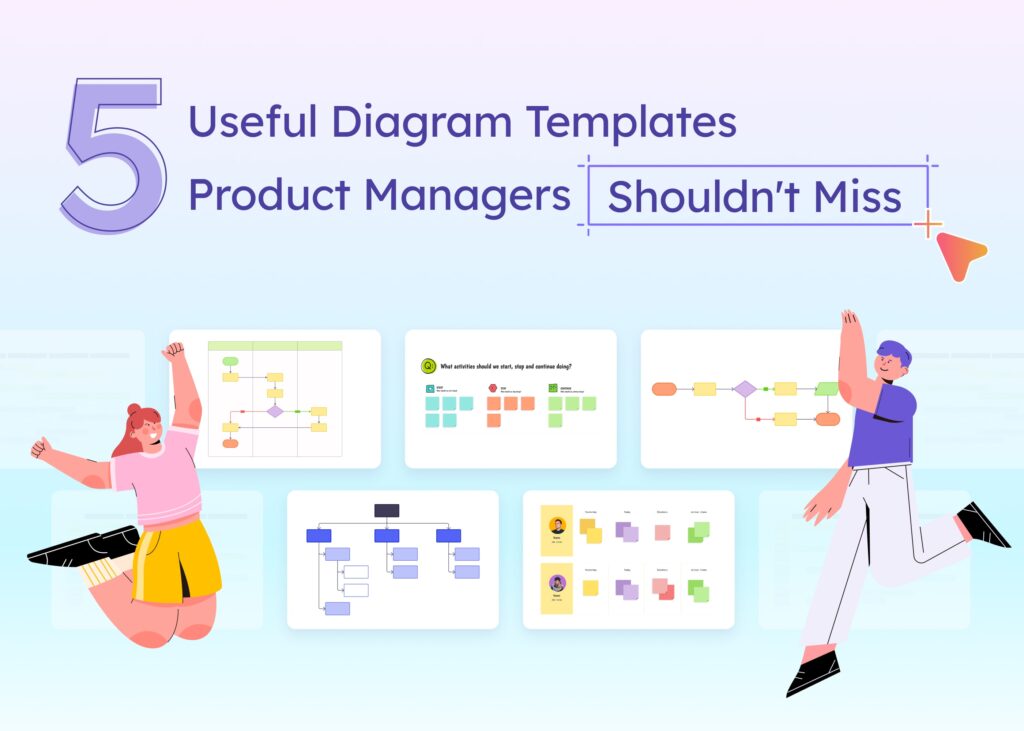Did you know that AirBnB started as a simple landing page with only one house? Although the company is now renting millions more houses (and making billions more dollars), it started with a simple idea. This remarkable change is one of the most impressive demonstrations of the minimum viable product principle in action.
Many times, as product managers, we prioritize launching new features and sometimes forget about the golden opportunity that an MVP can bring. Not only can it help you break the market, but it can do so while saving you time and money. Sounds like you need to start doing this right away, or maybe even yesterday.
In this article, we will go into more detail about the power of an MVP, how to create one, some of the best examples, and the benefits of using this lean practice.
What is MVP in product management?
An MVP, or minimum viable product, is the initial version of a product that’s ready for the market. It includes essential features and is used by product teams to gather customer feedback and make improvements for future releases.
Eric Ries, the mastermind behind Lean Startup, initially introduced the idea of the MVP. He stated that the MVP is: “The version of a new product which allows a team to collect the maximum amount of validated learning about customers with the least effort.”
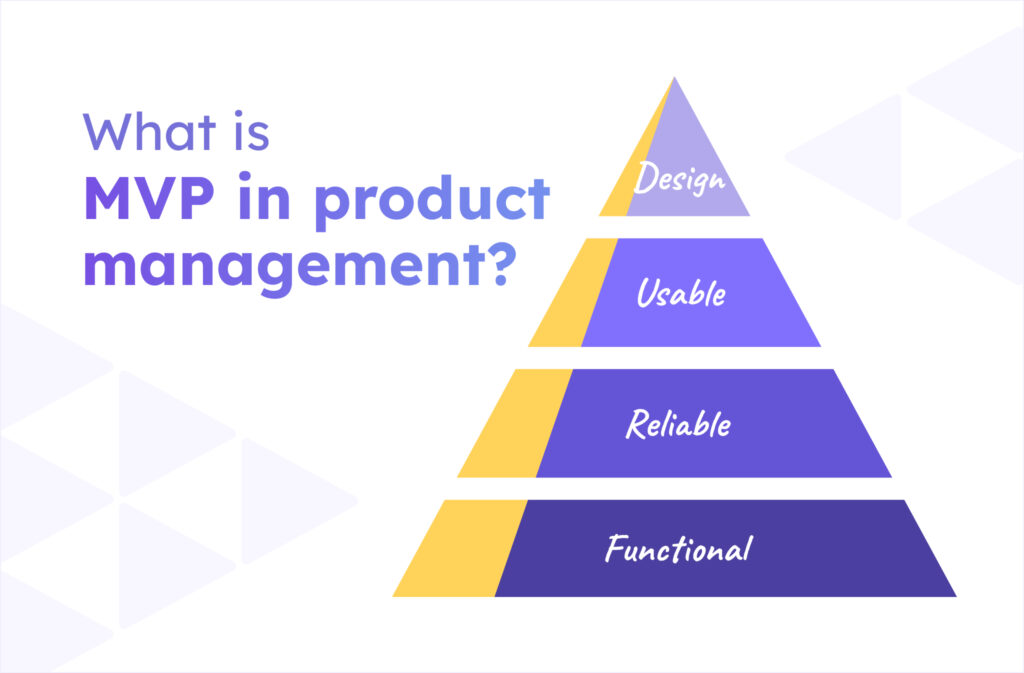
For example, if you’re validating a problem, your MVP might be a prototype with only the features you need to see if people are interested in finding a solution and if there’s demand for your solution.
Or you could test a new feature for your existing product by making an MVP and releasing it to a segment of users. Then, you could see if the full version is worth pursuing and rolling out for all users.
Why use a minimum viable product?
While prioritizing an MVP and gradually expanding it has different benefits, the main goal is to offer a low-risk platform for experimentation before committing significant resources.
At a high level, an MVP can also help you:
- Verify the validity of a product idea using real-world information.
- Get value from your initial adopters quickly.
- Gather useful information on user behavior to guide future product plans and market approaches. MVPs serve as a primary element in your product prioritization approach, aiding you in making informed choices based on data.
- Sample the product (market) fit before building a full-fledged product.
- Decrease the amount of time it takes to launch new features.
- Build a community of users before launching.
- Cut out unnecessary expenses and use that money and time for more productive ideas.
When should (and shouldn’t) you use an MVP strategy?
Your level of certainty in the problem’s value and the potential for your business will determine whether an MVP is necessary for your product or feature.
There is a call for experimentation
In the current digital landscape, a “full release” is a rare event.
Most product teams are implementing numerous deployments daily, with a limited requirement for a waterfall development approach. Sure, specific industries like finance or medicine, with their low tolerance for errors, might still cling to the waterfall method. However, for most teams, the lean and mean MVP approach is the name of the game.
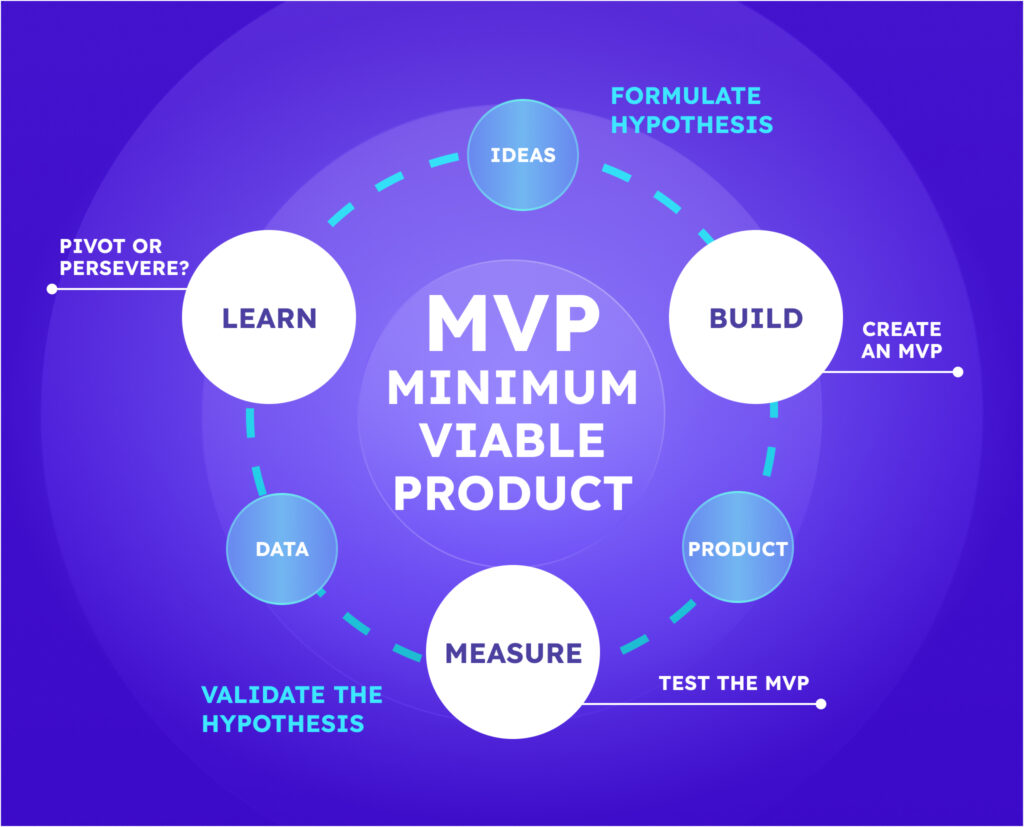
If your product isn’t on a rigid path or isn’t swimming in enough tolerance to skip the validation step, the MVP is your go-to move. It’s the Lean approach saying, “Hey, let’s not go all-in until we’re sure this is the right move.”
Lots of knowns = Don’t
If your data is waving its hands frantically, telling you that the feature you’re eyeing is a missing puzzle piece in your current offering, or if your users are practically shouting, “Build it, we want it!”—well then, you don’t need an MVP.
In situations where the roadmap is as clear as day, the best strategy is to put on your product-building hat and start creating.
Lots of unknowns = Do
However, in most cases, the data available is usually incomplete, making it difficult to determine the most optimal course of action. Additionally, there might not be enough data to compare. This is where an MVP proves its value. It’s a tool to gather insights, understand user reactions, and fine-tune an approach.
But when do we use an MVP instead of a product experiment?
A/B testing is a good way to learn when you have a specific element of a product or feature that you want to change. But you’ll need to make sure the scope is focused and you have a control version to compare your variables. If there’s no control, then you’ll likely need an MVP.
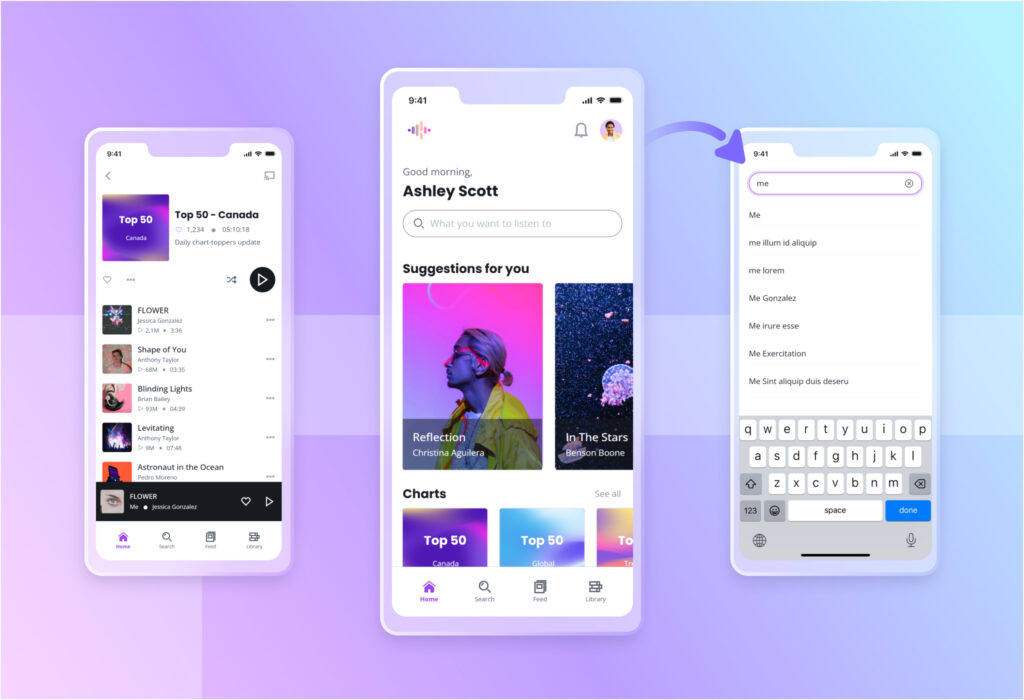
What are examples of the minimum viable product?
Next, we’ll go over four examples of companies that used an MVP to help them validate their ideas before going big.Airbnb
Due to a lack of funds, the creators of Airbnb used their personal living space to prove the viability of their concept for an online marketplace offering short-term, peer-to-peer rental accommodations.Amazon
During the early 1990s, Jeff Bezos became aware of the potential growth in the e-commerce market and decided to explore which areas would be the most profitable. After careful consideration, he decided to start with a bookstore as his initial product, which he operated from his garage.Uber
It’s difficult to fathom that Uber, the $68 billion enterprise, didn’t exist 15 years ago, but it’s a fact.In 2009, UberCab began as a black car service app. Garrett Camp and Travis Kalanick designed it to give people the VIP experience at clubs. It had four links, a red “UC” for the logo, and was very basic.The step-by-step process of building an effective MVP
Building your MVP can be one of the toughest parts of your product and business strategy. Your MVP must tackle the issues that customers face, provide a way to collect customer feedback, and have only a few functionalities.The process of determining the MVP involves generating and confirming ideas with the help of an agile team. The following are the typical stages of reaching MVP:1. Look at what difficulties the customers are facing
A good place to start is by asking: What problem are you trying to solve?Let’s look into the thought processes of AirBnB from our examples above.Let’s say that after years of traveling and meeting many people around the world, you found that many of them were looking for an easy way to book more “authentic experiences” and “homey” places to stay. You also found that there were many people with homes ready to share them with new travelers and to share a bit about their city and culture.So you decide that you want to build a solution where people can just use a phone or a computer to book this type of experience.Next up, you talk to potential users and do some more market research: do they expect to rent a full house? Would they be comfortable sharing a home? How do they prefer to pay for their rental? In this manner, you conduct market analysis to gain insight into the potential users of your solution and their expectations.Conducting market research to create an MVP may also entail:- Analyzing the competition
- Identifying opportunities and conducting a SWOT analysis
- Gathering customer insight through surveys, individual interviews, and focus groups
2. Understand the competition
In the early 2000s’, “Air Bread and Breakfast” probably had little to no competitors. But in 2024, house-sharing/renting services are abundant, with plenty of options from sites to apps.So when you are creating your own MVP, you should ask yourself:- What sets your service or product apart?
- What is the main value proposition you are providing?
- What are customers still missing out on that could improve their experience? (This could be an entire MVP on its own!)
- What is the financial worth of those pain points for the customer?
3. Verify the MVP’s worth or validity with user feedback
Select a group of beta users or internal testers from your team to test out the core technology, such as a landing page (similar to early AirBnB) or a simple one-page app.Follow time constraints and focus on testing the product’s functionality and effectiveness. This will help you figure out where you need to improve before you launch it to early adopters.Use user feedback loops to try to zoom in on how the user is working with your core features.Use prototypes as part of your product development process for gathering user feedback. With Visily, you can easily and effortlessly create prototypes in under 30 minutes thanks to its use of AI to simplify the many complicated steps.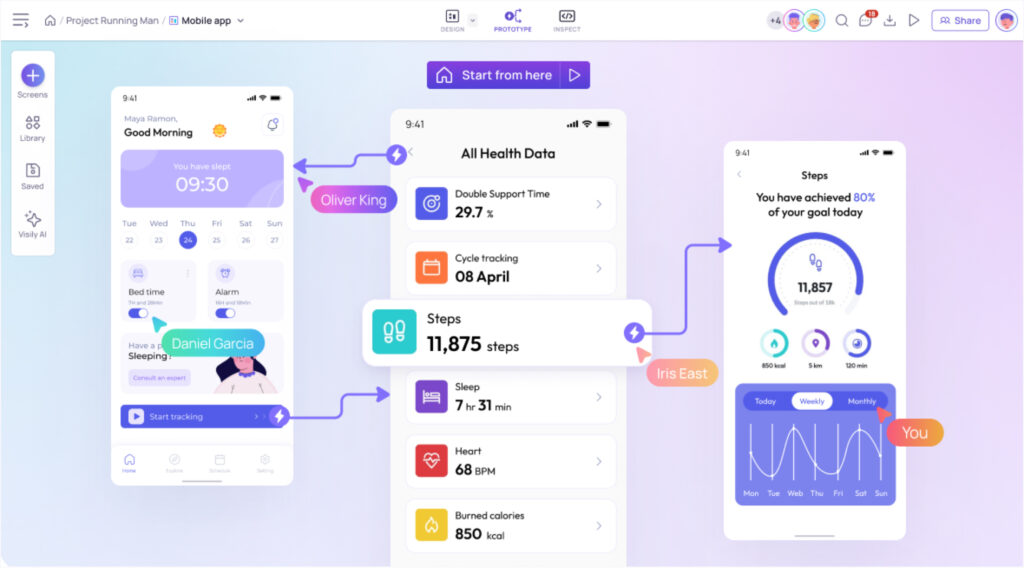
For example, you can create a bare-bones app or site (like AirBnB’s OG one) from a simple hand-drawn design or using a screenshot from a similar site. You can then easily allocate the different sections and buttons (making it much easier than Figma or any other design tool).
4. Ready, set, and launch
If your MVP gets past the initial testing phase, you’ll have done something truly exceptional. It is time to conduct research, construct, test, repair, release, and keep brainstorming.
After finalizing the key elements you initially identified, you can introduce the MVP to your initial customer group and begin the BML feedback cycle.
Maturing beyond MVPs (with MLP and MMP)
The MVP isn’t the ultimate goal for a business or a product. The idea of the MVP has developed into more polished options, such as the Minimum Lovable Product (MLP) or Minimum Marketable Product (MMP).
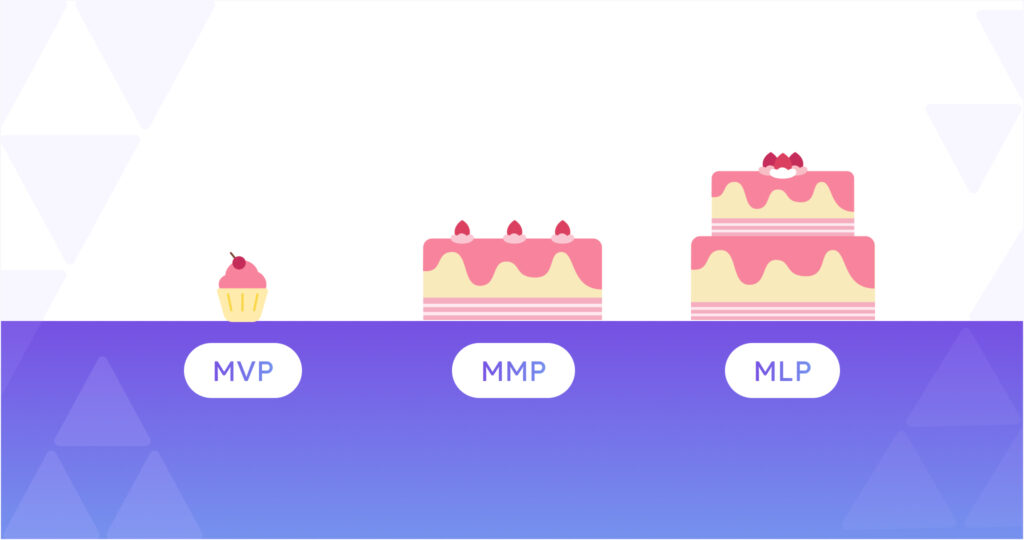
The MLP is a product that prioritizes the needs of the customer and is adored by users from the beginning. It’s characterized by its features that deliver the bare minimum to be considered lovable. The key to being lovable in this context is providing a positive customer experience by offering a product or service that effectively solves the problems customers want resolved.
Although the MLP may face competition and have an established market, it is still the favored option because it offers cost-effective, superior, and user-friendly solutions. The main goal of an MVP is to enter the market quickly and inexpensively, while the primary focus of an MLP is to supply the greatest value to the customer.
After the MVP or MLP, your product is ready for sale to the final consumer. The MMP is the simplest version of the product that the market will accept before adding features. By creating an MMP, you have proved the value of your product to the customer through various tests.
Unlike the MVP, which was only a prototype, the MMP is now ready for early adopters to use. For example, Spotify initially started as a landing page for its MVP. After they developed an app and subscription service, they were able to release it as the MMP.
Kickstart your MVP concept with Visily
The process of creating an MVP is more challenging than it may seem. So, how do you begin?
Begin by bouncing ideas back and forth between your team and following the steps we showcased in this article. You can use Visily to help you ideate your ideas with your team thanks to its ability to facilitate collaboration within any design board. Here you can assign annotations or use sticky notes to discuss certain functions in detail before you do your market research.
Other than that, it can help you with every single stage of the MVP development and all the way through until your product reaches its intended users.
Try Visily for free today.




